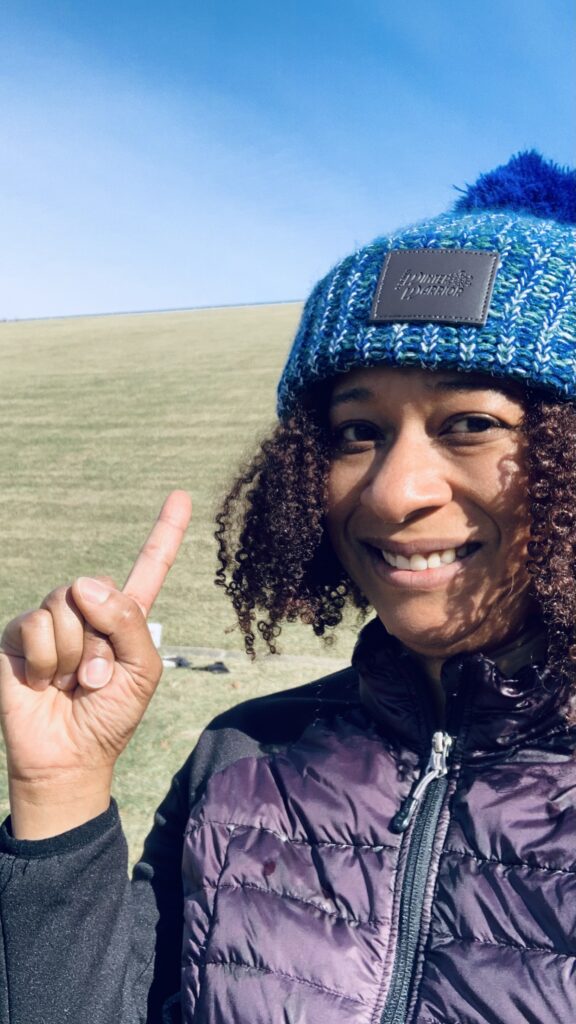Feb 2, 2022
The Hills Are Alive
I’ve never lived in a city with significant elevation. Most of my training and races have taken on flat surfaces, which are great for speed and setting PRs.
Now that I’m living in Southwest Ohio, however, I do encounter hills on a regular basis. We don’t have mountains like you’d find in Colorado or Utah or the West Coast, but hills are enough of a factor to make me realize I need to make them work for me versus gritting my teeth when I see elevation up ahead.
Hill running is like a strength and speed workout combined. Hill workouts help improve your stride, build leg and lower body strength, and provide great cardiovascular benefits. When you’re running uphill, your body has to fight gravity and move you forward (and upward), forcing your muscles to work harder than they would during a leg session in the gym. Our BGR Cincinnati group and other local running groups make it a point to schedule runs in hilly neighborhoods just to make sure we get used to running hills and reap the benefits.
A lot of trail runners incorporate a specific type of workout — hill repeats — into their training regimen. It’s exactly how it sounds – run or walk up a hill, and then run or walk back down. Then repeat until you meet your workout goal for the day.
I completed my first hill repeat training session in January, when a group of local trail runners created an event to raise money for a charity that provides medical assistance to communities in the Democratic Republic of Congo. Each runner could pledge a certain amount for each hill repeat completed.
Now this was no ordinary hill. The elevation mimicked a small mountain, and there was no way we were all going to run up and down each time. Luckily, walking up a hill is just as effective, and still delivers all the fitness benefits of uphill running.
I arrived at the summit and faced the mountain – it looked more like a mountain than a hill from the ground. I started my trek and found myself quickly huffing and puffing. Wow, that heart rate sure went up quickly, didn’t it? I decreased my stride and reminded myself this was NOT a race. I noticed that the more experienced participants had a steady cadence and were able to maintain a conversation while walking, so I mimicked their motions. The climb took me about four minutes on average, and I stopped at the top to catch my breath.
Going downhill was much easier, but this too is part of your training. You want to move carefully as you descend to avoid stumbling or hurting your legs and back.
With short breaks included, I completed five hill repeats in about 30 minutes. My legs and butt felt like jelly, letting me know I had really given them a good workout and targeted more muscles than I would have with my typical runs. I didn’t even run once the whole time I was going up and down the hill!
When I checked the running pace zone metric on my Strava app, almost the entire workout fell into the anaerobic zone, which is classified as “extremely hard pace.” It’s the most intense of the six pace zones for a Strava running workout, and one I don’t get into often during my usual runs. That’s probably why they say hill workouts can mimic speed workouts, even if there’s not much speed happening going up hills.
If you’re looking to take your runs to another level – literally – trying going uphill. Your posterior will eventually thank you for it!

By Shannon Shelton Miller /Twitter: ShannonSMWrites, Instagram: shannon.shelton1
Shannon Shelton Miller is a longtime writer and journalist who enjoys writing about sports, fitness, health, beauty, and parenting. She has been running for 27 years, starting from joining her high school cross country team. She has run a marathon, two half marathons, and countless 5K and 10K races.

